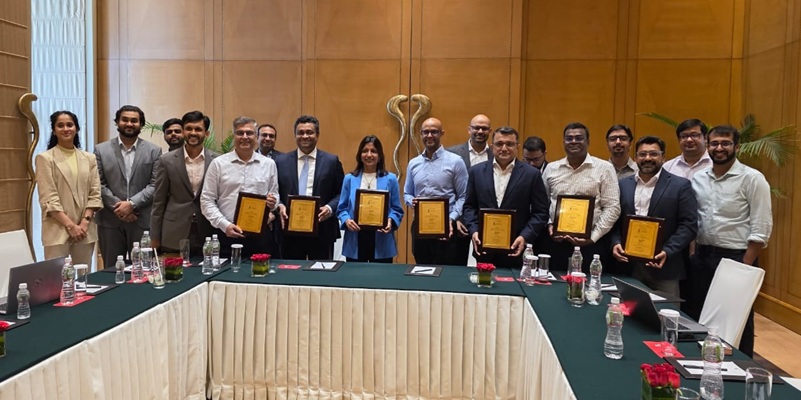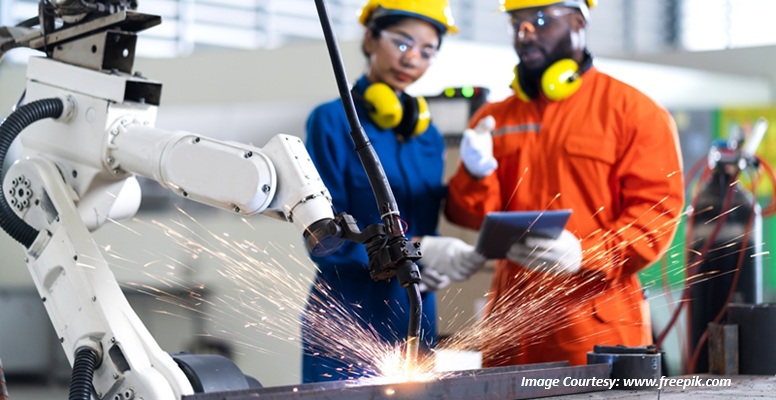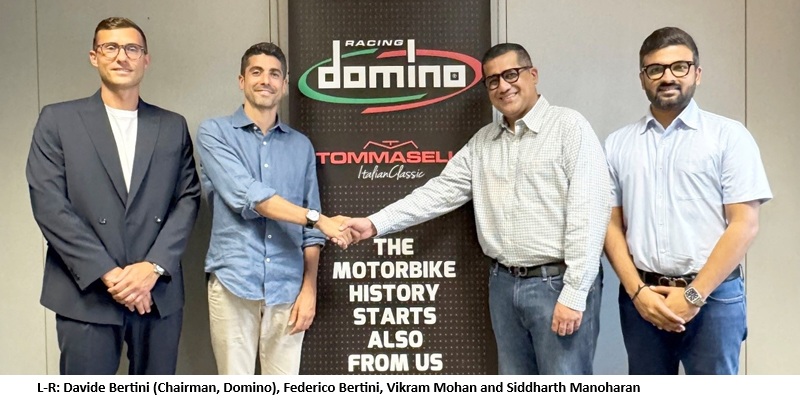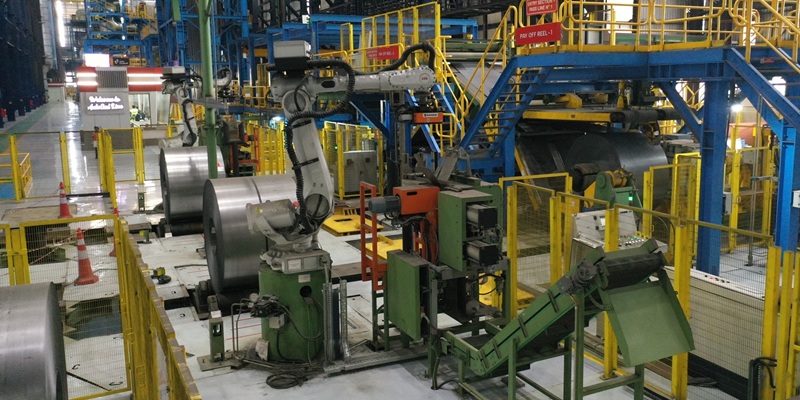Schedule a Call Back
Can Academia-Industry Ties Power India’s Manufacturing?
 Articles
Articles- Jun 26,25

Related Stories

igus launches wear-resistant plain bearing range without PTFE
Material scientists have developed PTFE-free versions of the most popular iglidur plain bearing materials
Read more
BluPine Energy Secures Rs 24.16 bn Funding for 150 MW FDRE project in Karnataka
BluPine Energy has secured the fund for a 150 MW Firm and Dispatchable Renewable Energy (FDRE) project in Aland, Karnataka, reinforcing its leadership in clean energy.
Read more
Can Academia-Industry Ties Power India’s Manufacturing?
India's industrial sector has exhibited tremendous resilience and appetite for growth. However, the academia-industry collaboration will be crucial for India to become a worldwide manufacturing powe..
Read more

















